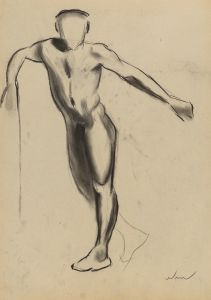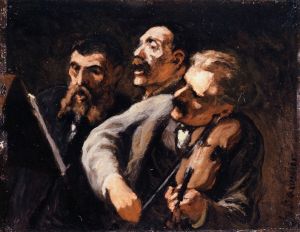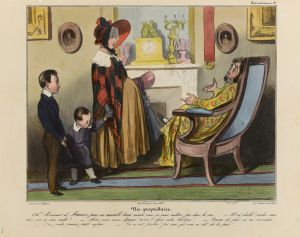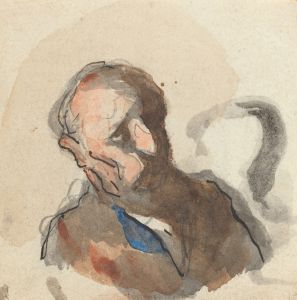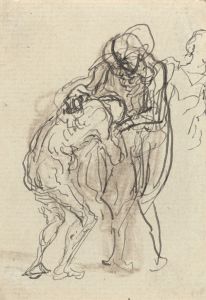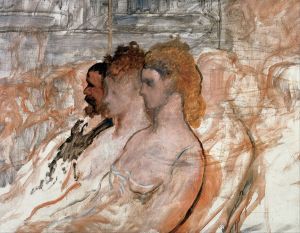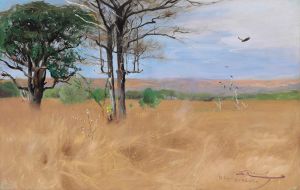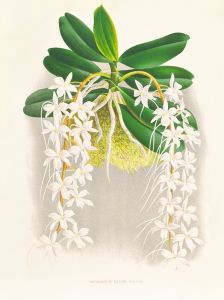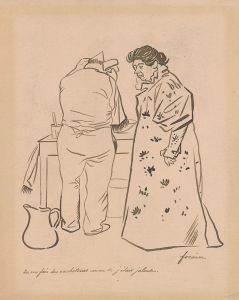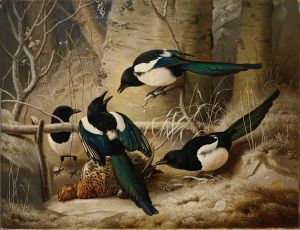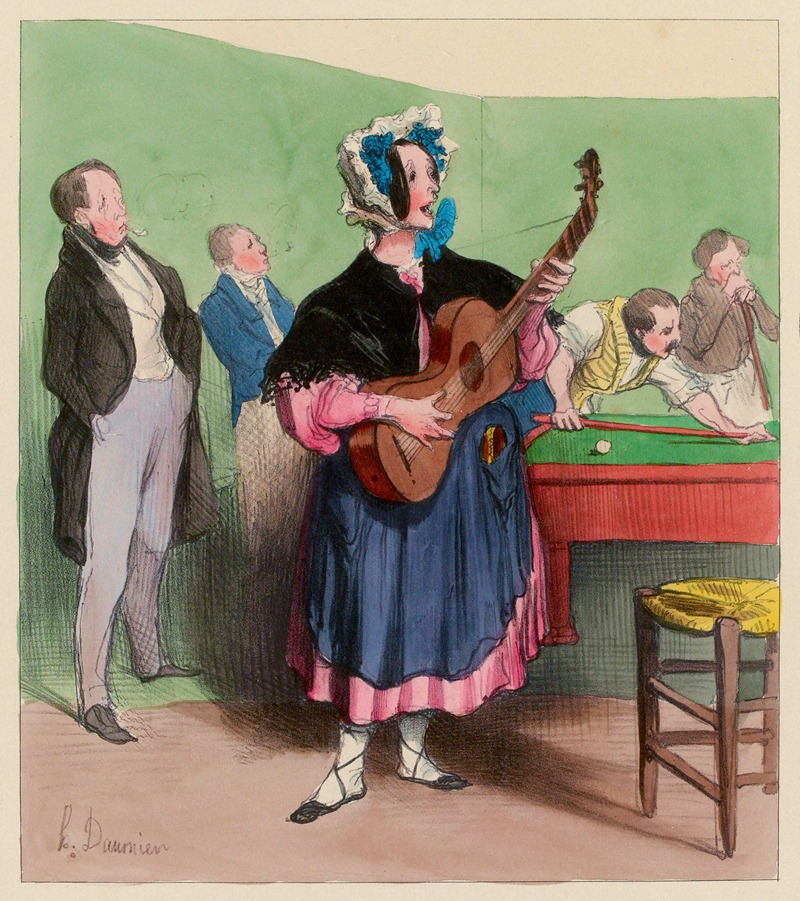
Cours d’histoire naturelle 08 La cigale
A hand-painted replica of Honoré Daumier’s masterpiece Cours d’histoire naturelle 08 La cigale, meticulously crafted by professional artists to capture the true essence of the original. Each piece is created with museum-quality canvas and rare mineral pigments, carefully painted by experienced artists with delicate brushstrokes and rich, layered colors to perfectly recreate the texture of the original artwork. Unlike machine-printed reproductions, this hand-painted version brings the painting to life, infused with the artist’s emotions and skill in every stroke. Whether for personal collection or home decoration, it instantly elevates the artistic atmosphere of any space.
Honoré Daumier was a prominent French printmaker, caricaturist, painter, and sculptor, known for his satirical works that critiqued the social and political life of 19th-century France. Among his vast body of work is the series "Cours d’histoire naturelle," which translates to "Course of Natural History." This series is a collection of lithographs that humorously depict various animals and their behaviors, often drawing parallels to human society.
One of the pieces in this series is "La cigale," which translates to "The Cicada." This work is part of Daumier's exploration of human characteristics through the lens of animal behavior, a common theme in his oeuvre. The cicada, an insect known for its distinctive sound and life cycle, is often associated with themes of idleness and the passage of time, largely due to its portrayal in Aesop's fable "The Ant and the Cicada" (or "The Grasshopper and the Ant"). In this fable, the cicada spends the summer singing while the ant works to store food for the winter, leading to a moral about the virtues of hard work and planning for the future.
Daumier's "La cigale" likely draws on these cultural associations, using the cicada as a metaphor to comment on societal behaviors. His work often critiqued the bourgeoisie and political figures of his time, using animals as stand-ins to avoid direct confrontation while still delivering pointed social commentary. The lithograph would have been part of a broader commentary on the human condition, reflecting Daumier's keen observation of the world around him and his ability to capture the absurdities of life in a way that was both humorous and thought-provoking.
Daumier's technique in lithography was highly regarded, and his ability to convey expression and narrative through this medium was exceptional. His works were published in various satirical journals, most notably "Le Charivari," where they reached a wide audience and contributed to public discourse. The "Cours d’histoire naturelle" series, including "La cigale," exemplifies his skill in using satire to engage with contemporary issues, blending art with social critique.
While specific details about the individual lithograph "La cigale" are limited, it fits within Daumier's broader artistic and thematic framework. His works remain influential, studied for their artistic merit and their incisive commentary on 19th-century French society. Daumier's legacy as a master of satire and a keen observer of human nature endures, with his works continuing to be celebrated for their wit, insight, and technical skill.





